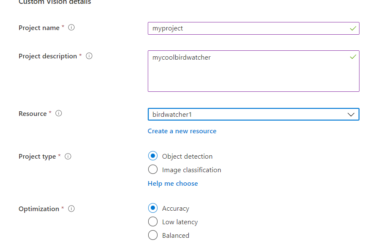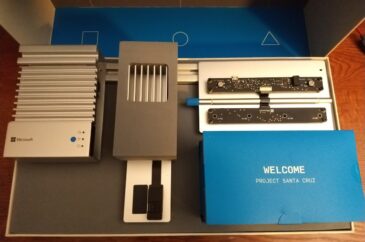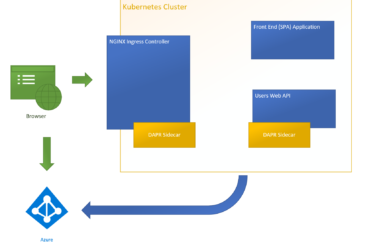
ML & AI for Software Developers - Part 4
Regression Algorithms
Supervised-learning models come in two varieties: regression models and classification models. Regression models predict numeric outcomes, such as the price of a car. Classification models predict classes, such as the breed of a dog in a photo. When you build a machine-learning model, the first and most important decision you make is what learning algorithm…







